There can be your advertisement
300x150
Underground Cities: What Lies Beneath Our Feet in the World's Largest Megacities?
We tell you about unique underground spaces existing in various cities
We are used to looking at the city with our heads up. Skyscrapers, high-rises, towers—all this is impressive and captivating. But what if the most interesting thing is hidden beneath our feet? Let's descend into the depths and find out what secrets are hidden in the underground of the world's largest megacities.
Main points from the article:
- Under large cities, extensive underground structures really do exist;
- The Paris Catacombs are a real underground labyrinth, partially open to tourists;
- Tokyo has underground shopping complexes and flood protection systems;
- Montreal has the RESO underground city for protection from harsh winters;
- Moscow Metro is known for its architectural beauty;
- Under Helsinki lies a network of bunkers that can serve as shelters;
- Beijing has preserved parts of the Cold War-era underground city;
- Underground construction is seen as a way to relieve surface congestion;
- The main challenges of underground life are lack of natural light and ventilation difficulties.
Underground Paris: Catacombs and Ghosts of the Past
Beneath the romantic streets of Paris lies a whole world full of secrets and mysteries. The famous Paris Catacombs are not just a tourist attraction but a real underground maze stretching over 300 kilometers.
Originally, these tunnels were limestone quarries where the city's building material was extracted. But in the late 18th century, they were converted into a vast underground cemetery. Here, remains of approximately six million Parisians were transported to free up space in the city for the living.
Today, only a small part of the catacombs is open to visitors. Urban legends tell of secret parties, underground cinemas, and bars in closed sections of the catacombs, though there is no official confirmation of these stories.
 Photo: pinterest.com
Photo: pinterest.comTokyo: A City Beneath a City
Tokyo is not only about high technology on the surface but also an amazing world beneath. Under the Japanese capital, there is indeed a network of underground shopping centers connected by passages to the metro.
The most famous is the Yaezashi complex under Tokyo Station. It's a true underground city with shops, restaurants, and even museums. You can spend an entire day there without leaving the surface.
Another impressive structure is the giant reservoir for collecting rainwater, designed to protect Tokyo from floods. It is often called the 'underground temple' due to its impressive size and columns supporting the dome.
Montreal: How to Survive Winter Underground
Canadians know how to fight the cold. In Montreal, they created a real underground city to survive harsh winters. RESO is the name given to this network of underground passages connecting more than 200 buildings, metro stations, shopping centers, and even universities.
The total length of this underground maze exceeds 30 kilometers. Here, you can live, work, and have fun without stepping outside into the freezing air. RESO is often called a 'covered city'.
 Photo: pinterest.com
Photo: pinterest.com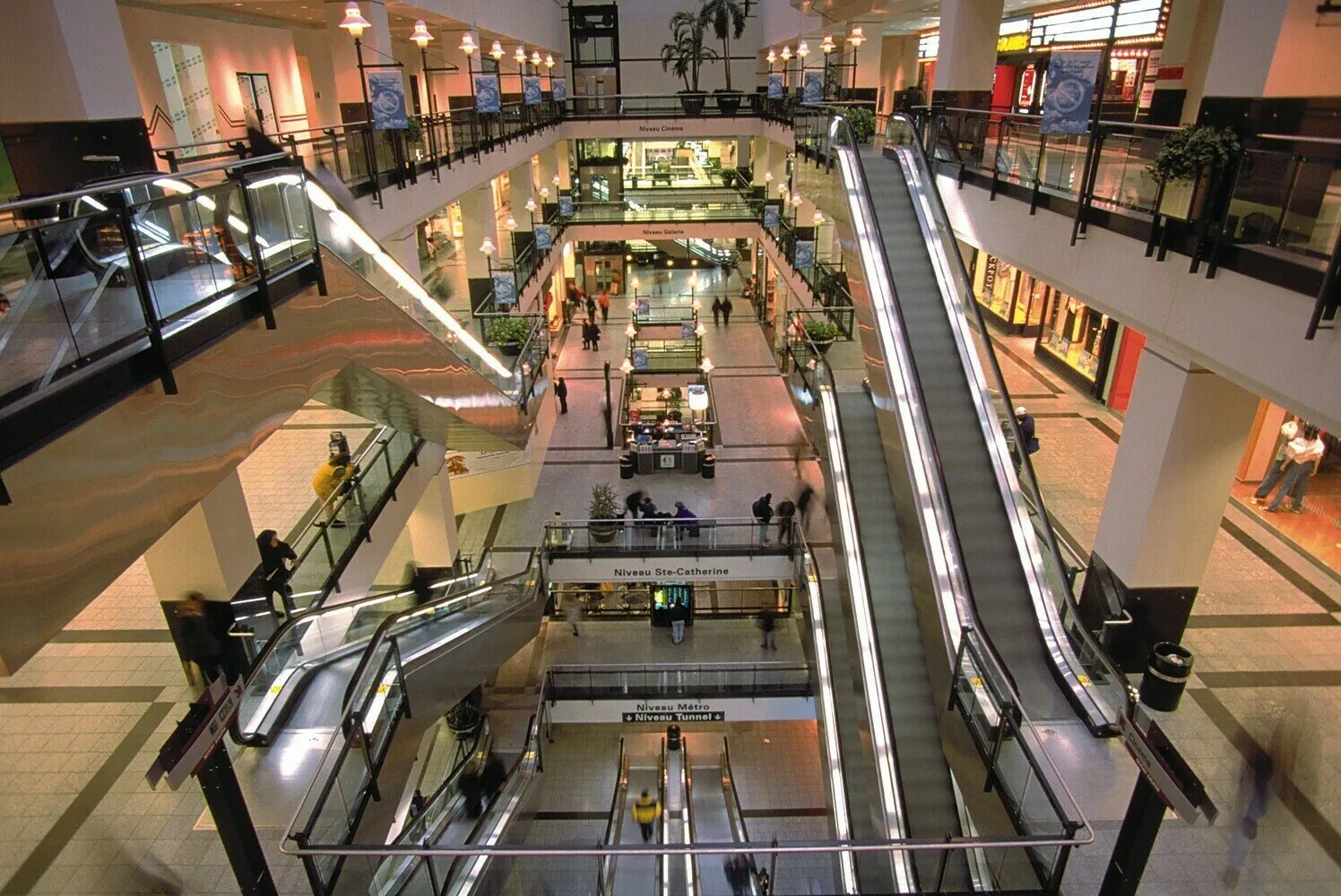 Photo: pinterest.com
Photo: pinterest.comMoscow: Metro and More
Naturally, we can't ignore the underground world of Russia's capital. Moscow Metro is not just a transport system but a real underground palace. Marble columns, mosaics, sculptures—all this turns subway rides into museum excursions.
Beneath Moscow, there are also underground rivers enclosed in collectors. There are legends about the so-called 'Metro-2'—a secret network of tunnels, but its existence has not been officially confirmed.
Underground space in Moscow is not used as efficiently as it could be. We have great potential for creating underground public spaces, shopping centers, and parking lots. This would help relieve surface congestion and make the city more comfortable for residents.
Helsinki: The Bunker City
The Finnish capital indeed has a developed network of underground structures. Beneath Helsinki lies a whole system of tunnels and bunkers that can be used as shelters in case of emergencies.
In peacetime, these spaces are used as parking lots, sports halls, and even churches. Although often said that these shelters can withstand nuclear strikes, they are officially intended for protection from conventional munitions.
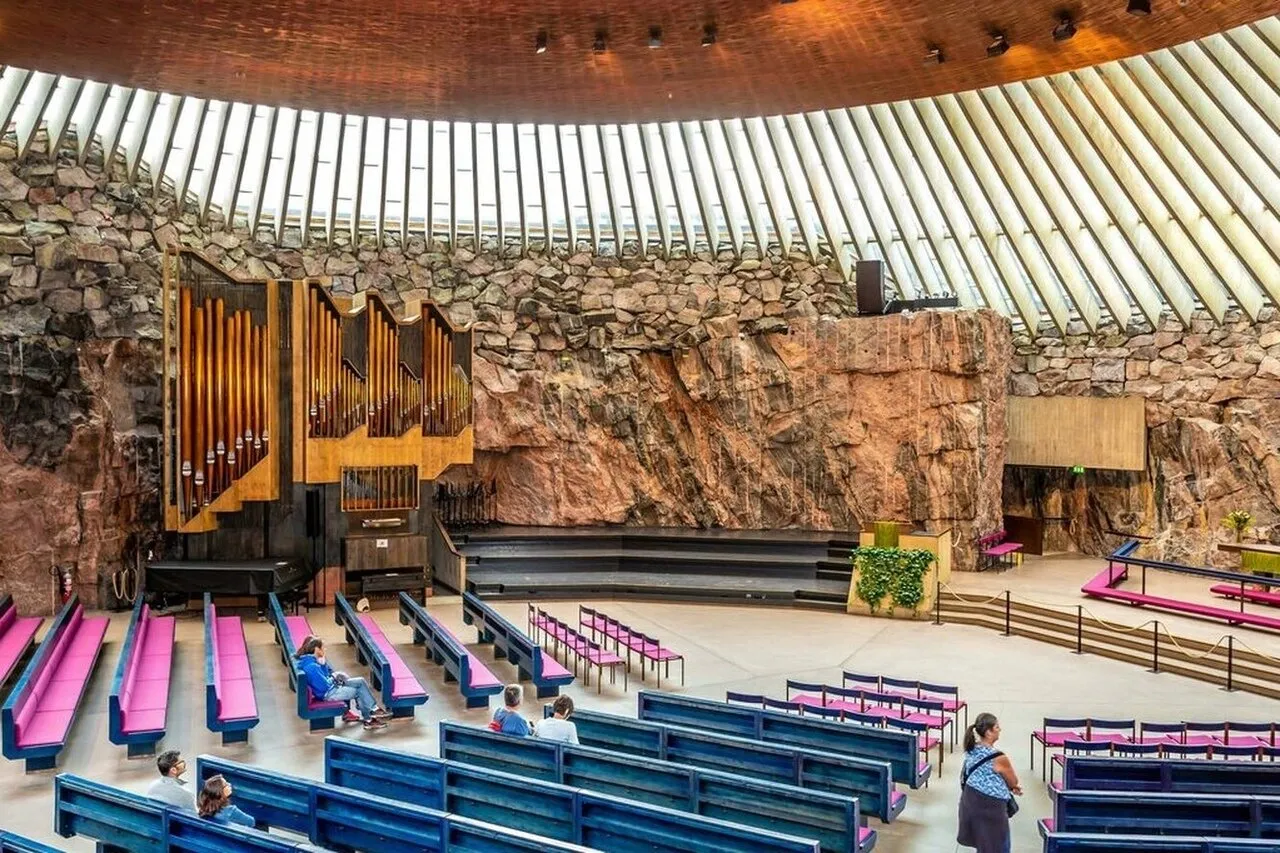 Photo: pinterest.com
Photo: pinterest.com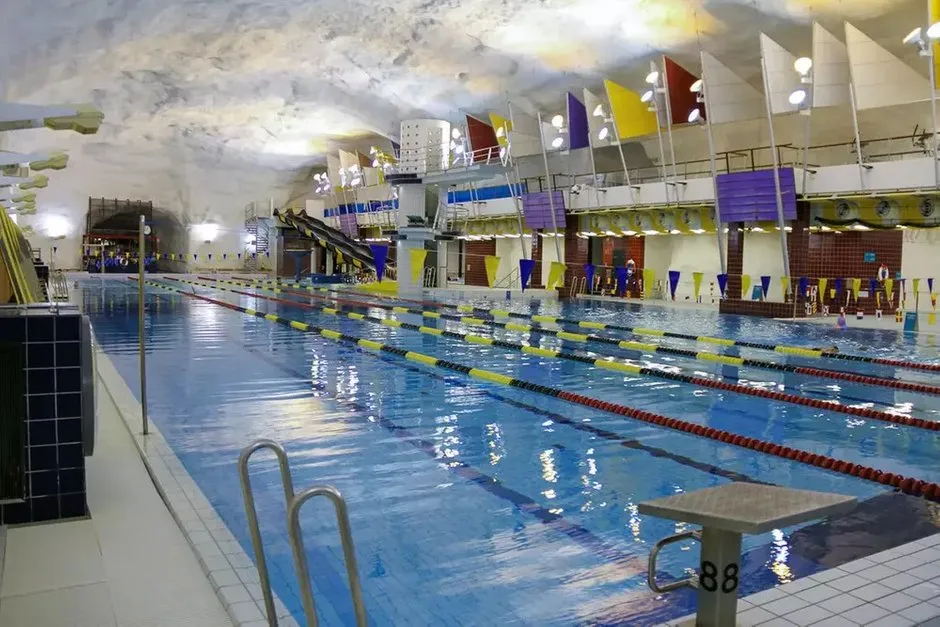 Photo: pinterest.com
Photo: pinterest.comBeijing: The Cold War Underground City
In 1969, when relations between China and the USSR were particularly tense, Beijing really began constructing an underground city. It was meant to shelter the capital’s population in case of war.
Today, much of these tunnels are abandoned or filled in. But some sections have been converted into museums and tourist attractions. Visitors can see how the underground shelters of that time looked.
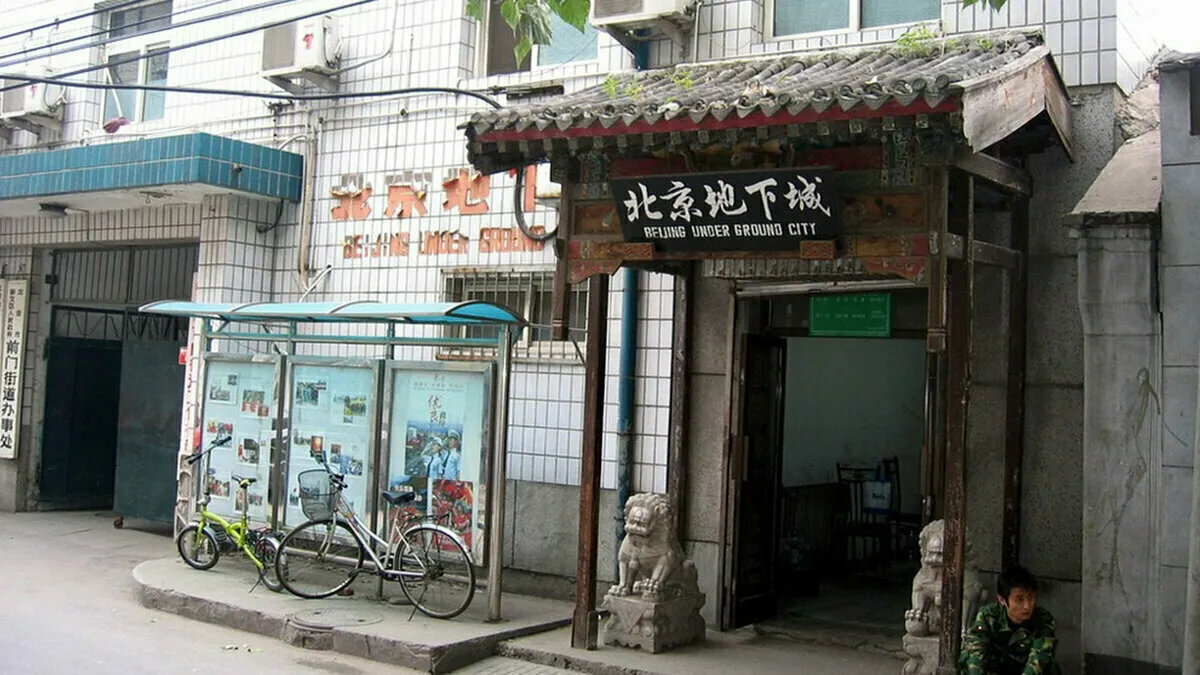 Photo: pinterest.com
Photo: pinterest.com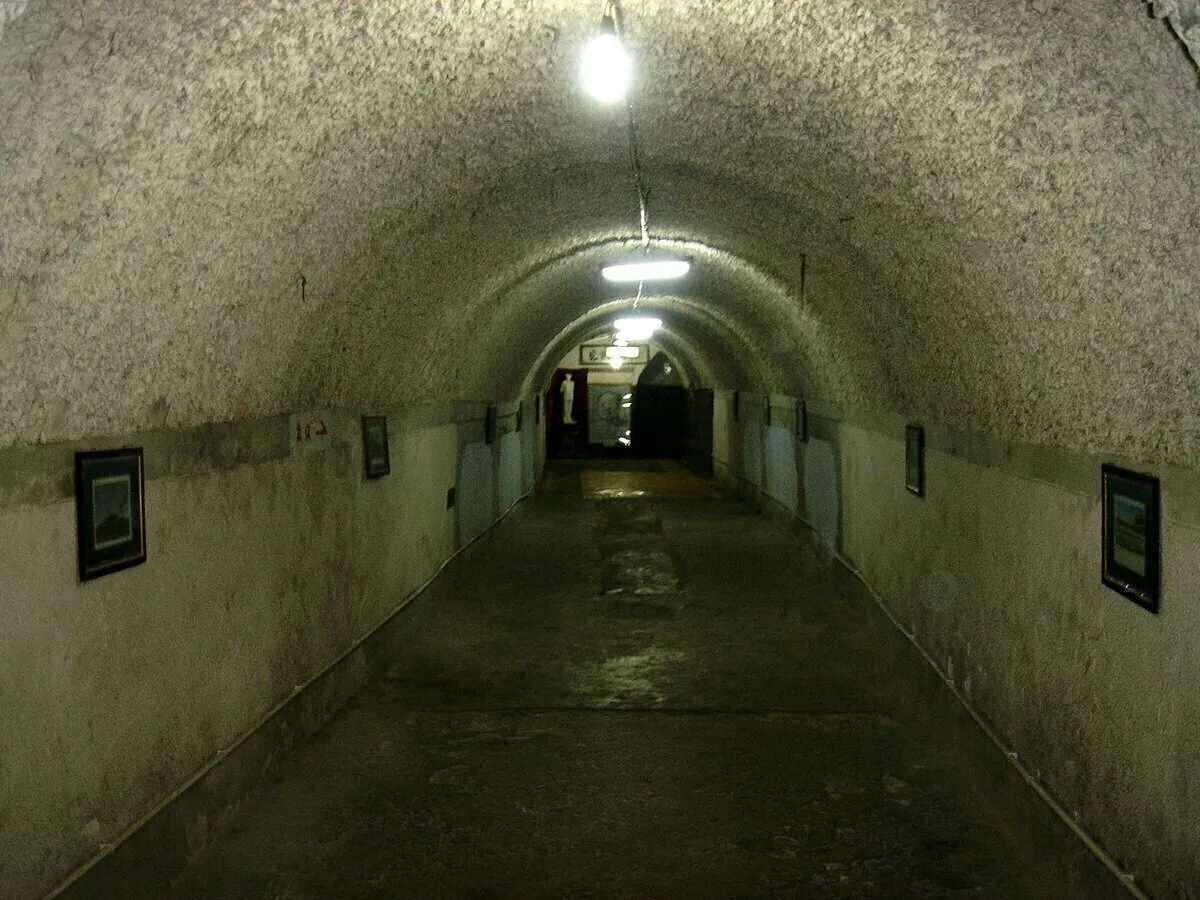 Photo: pinterest.com
Photo: pinterest.comWhy Do We Need Underground Cities?
Underground construction is not just a trend or an attempt to hide from dangers. It's a way to relieve surface congestion and free up space for parks and pedestrian zones.
Some experts believe that in the future, underground spaces may become one of the solutions to the problem of overpopulation in megacities. Architects are already developing projects for underground complexes and entire districts.
Of course, life underground has its drawbacks. Lack of natural light, ventilation difficulties, psychological discomfort—all this needs to be considered when designing underground spaces.
But technology doesn't stand still. Perhaps soon, underground cities will become a more familiar phenomenon, complementing surface infrastructure and providing new opportunities for the development of megacities.
Cover: pinterest.com
More articles:
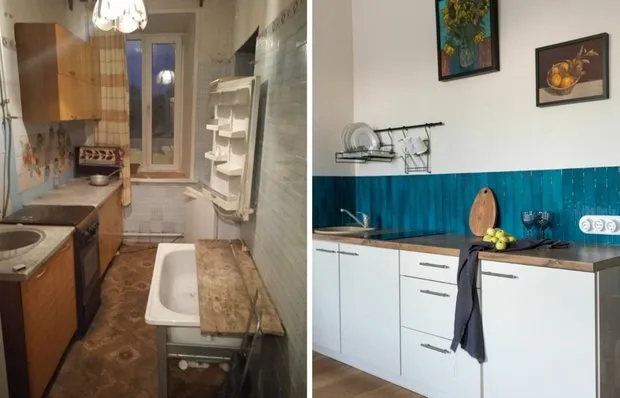 Before and After: Total Redesign of a Tiny Studio 27 m² in an 18th Century House
Before and After: Total Redesign of a Tiny Studio 27 m² in an 18th Century House DIY Repairs: 10 Projects for Beginners
DIY Repairs: 10 Projects for Beginners How Celebrity Kitchens Look: Interiors of Mitya Fomin, Irina Bezrukovа and Other Celebrities
How Celebrity Kitchens Look: Interiors of Mitya Fomin, Irina Bezrukovа and Other Celebrities Burning Man: Why Thousands of People Go to Burn a Human Figure in the Desert
Burning Man: Why Thousands of People Go to Burn a Human Figure in the Desert The Scent of Autumn: How to Create a Cozy Atmosphere Without Leaving Home
The Scent of Autumn: How to Create a Cozy Atmosphere Without Leaving Home Capsule Wardrobe for Fall 2024: Building a Basic Clothing Set for Every Occasion
Capsule Wardrobe for Fall 2024: Building a Basic Clothing Set for Every Occasion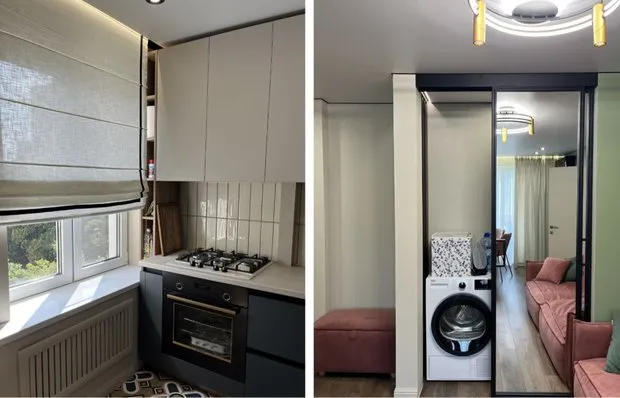 5 Cool Storage Ideas Inspired by a 44 m² Khrushchev Apartment
5 Cool Storage Ideas Inspired by a 44 m² Khrushchev Apartment Communal Paradise or Utopia in Concrete: The History of the House of Narkomfina
Communal Paradise or Utopia in Concrete: The History of the House of Narkomfina